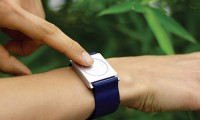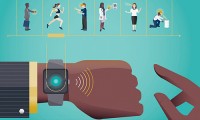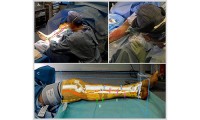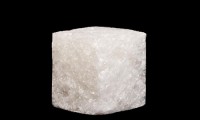-
De Rothschild raises €345M Europe-skewed life science fund
- Source: FierceBiotech
- 749
- February 8, 2018
-
Empatica’s consumer-facing epileptic seizure-detecting wearable gets FDA clearance
- Source: MobiHealthNews
- 1,014
- February 6, 2018
-
Hospitals turn to mobile devices to cut costs, study shows
- Source: Healthcare Dive
- 955
- February 5, 2018
-
Wearable devices for business vs. fitness
- Source: Tech Republic
- 842
- February 5, 2018
-
FDA steps up efforts at bringing about medical device cyber security
- Source: COMPLIANCE4ALL14
- 832
- January 31, 2018
-
What to consider when buying used medical devices and equipment
- Source: Ddu
- 889
- January 30, 2018
-
North Colorado Medical Center invests nearly $2 million in new robotic surgery technology
- Source: The Tribune
- 796
- January 30, 2018
your submission has already been received.
OK
Subscribe
Please enter a valid Email address!
Submit
The most relevant industry news & insight will be sent to you every two weeks.













